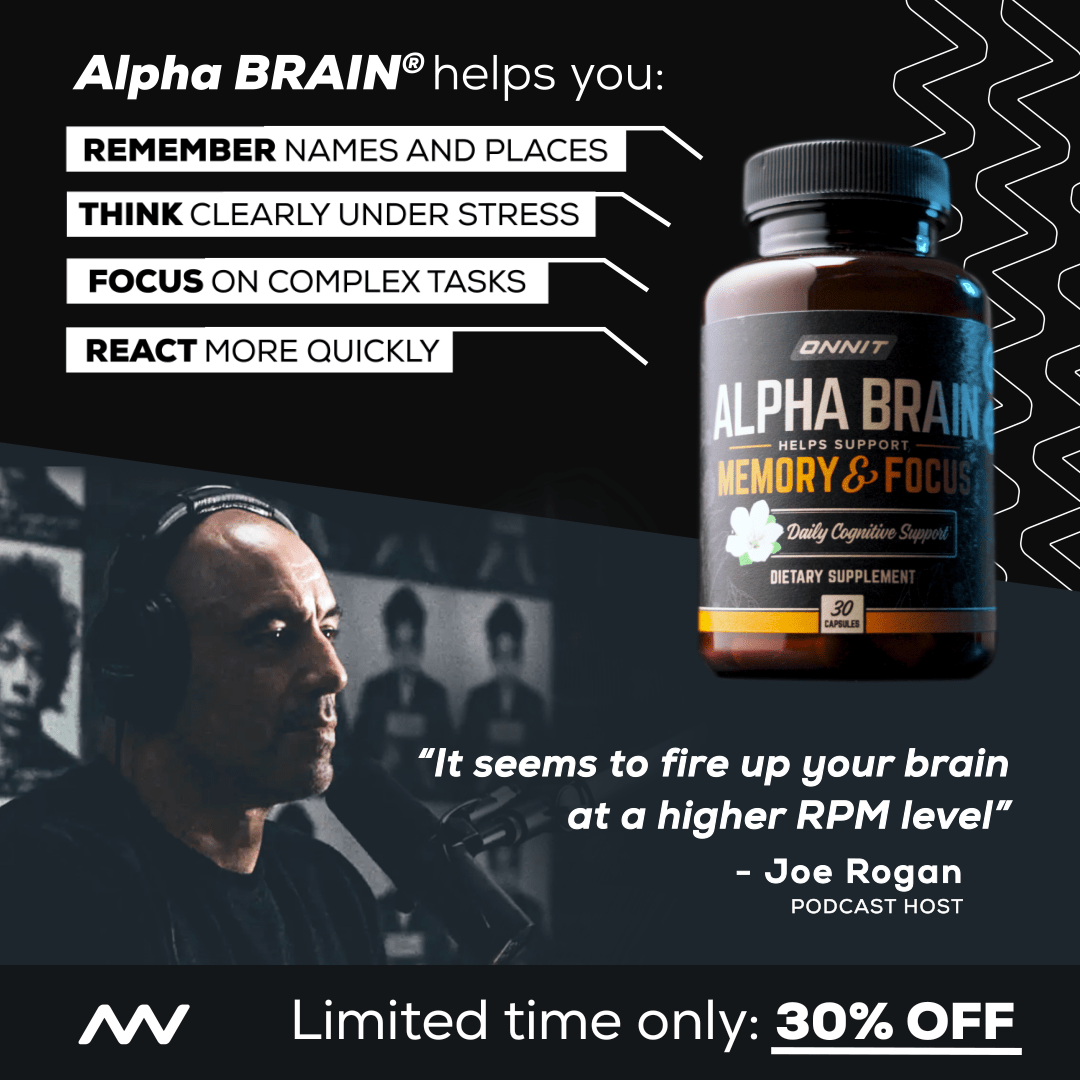Basically, it is your brain stem that connects your cerebrum (the largest part of the brain — it’s what people picture in their minds each time they think of the brain) to your spinal cord. Just about an inch in diameter, the brain stem is made up of different parts:
- Midbrain
- The pons
- Medulla oblongata
Aside from regulating the flow of messages to and from your brain, the brain stem also controls some really important bodily functions such as your heart rate, blood pressure, breathing, swallowing and even consciousness.
Just like other parts of your body, your brain stem needs to be supplied with oxygen-rich blood. If circulation to the brain stem is cut off, a brain stem stroke occurs.
A stroke that everybody is familiar with happens when a part of the brain is deprived of much needed blood — it’s then also deprived of oxygen that it needs in order to remain alive and perform its task.
Oftentimes, a stroke happens when a blood clot gets lodged in an artery that takes oxygenated blood to the brain tissue. A blood clot may form in an artery in the brain or elsewhere in the body which may end up in a blood vessel in the brain. A stroke that is due to a blood clot is known as ischemic stroke.
There are cases in which a stroke is brought about by the bursting of a weakened artery in the brain, causing blood to pool in the brain and apply pressure on it. By the way, doctors refer to it as hemorrhagic stroke.
The reason why a brain stem stroke can strike is due to the same reasons mentioned above — it can be due to a blood clot or the bursting of a blood vessel that supplies your brain stem with oxygenated-blood. According to doctors, a brain stem stroke can be difficult to diagnose. It’s for the fact that it may not cause the telltale sign of a stroke, which is weakness or paralysis of the half of the patient’s body.
A brain stem stroke can present itself in the form of complex symptoms. They include:
- Dizziness
- Vertigo
- Severe balance problems
- Blurred or double vision
- Hearing loss (partial or complete)
- Chewing and swallowing difficulty
- Loss of sensation
- Limb weakness
- Paralysis
Severe brain stem stroke can cause what’s referred to as locked-in syndrome in which the patient can move nothing else but his or her eyes.
Just like with a stroke, the chance of a person who is suffering from a brain stem stroke surviving or recovering with little or minimal complication is higher if immediate medical attention is provided. Needless to say, recovery from a brain stem stroke is very much possible. If the brain stem stroke is mild to moderate only, dizziness, vertigo and vision issues tend to resolve on their own after a few weeks.
Since a brain stem stroke does not usually affect language, the patient can participate fully during the rehabilitative phase.
In treating a brain stem stroke, the goal is to have the blood clot removed or dissolved. The moment that a doctor identifies that the problem is in fact a brain stem stroke, clot-dissolving medications are administered.
If the problem is a blood vessel that has burst, the goal is to put the bleeding under control by means of surgery. Usually, medications for preventing the blood to clot are given in order to fend of complications due to the formation of a blood clot.
Risk factors for a brain stem stroke are the same as the risk factors for a stroke. They include:
- Age
- Gender
- Race and ethnicity
- Family or personal history of a stroke
- Hypertension or high blood pressure
- Heart disease
- Diabetes
- Cigarette smoking













